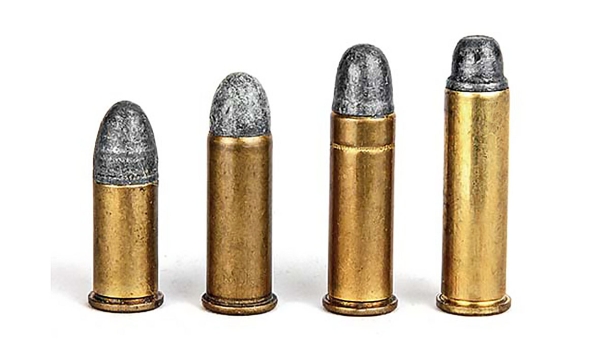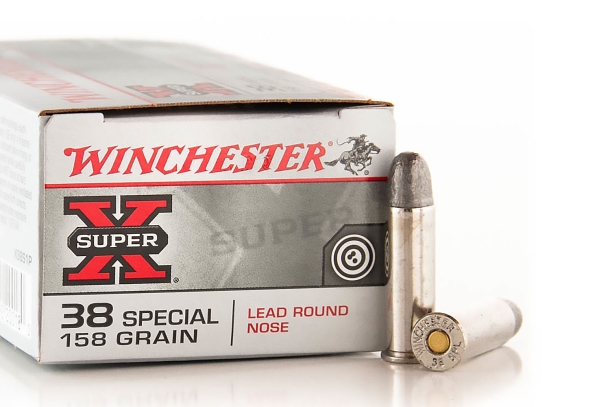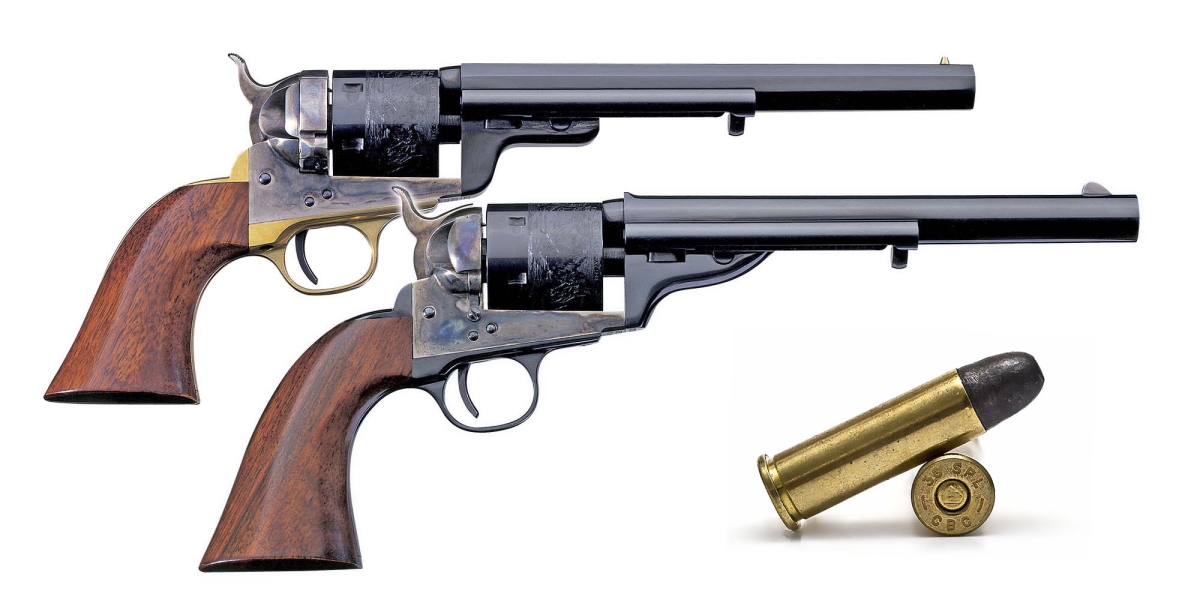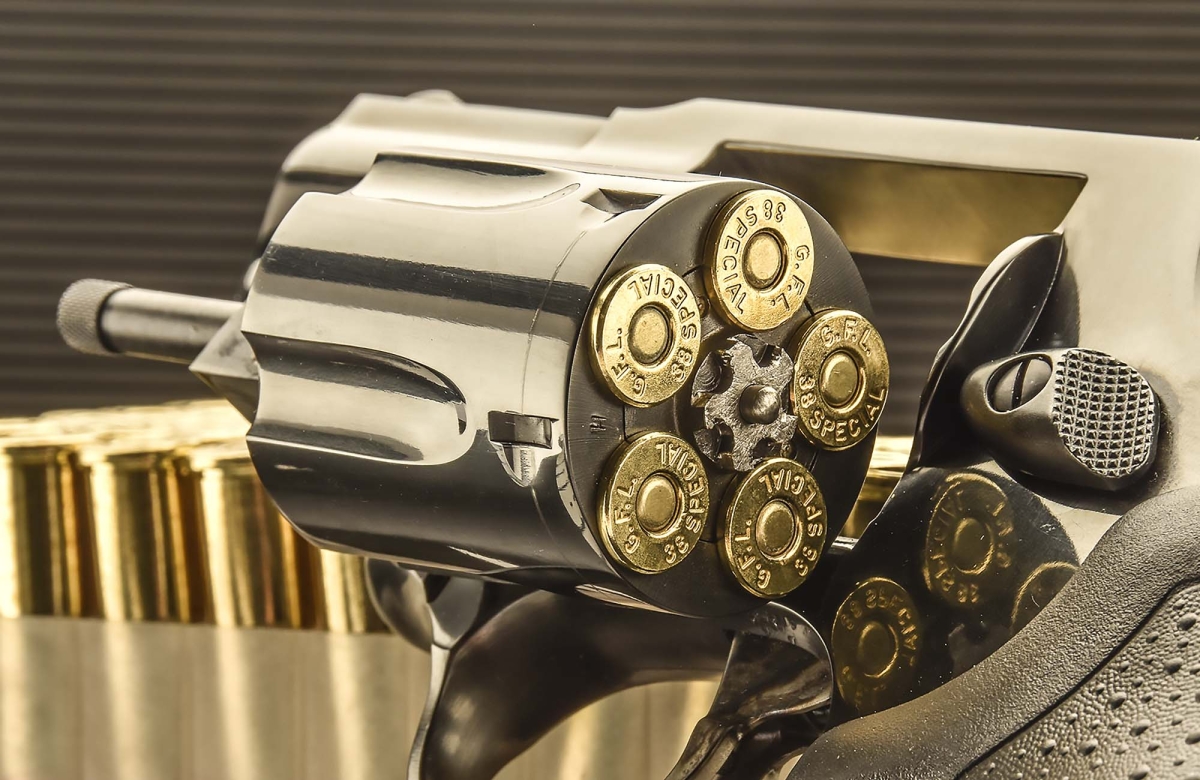Why is it called a ".38" Special?
Gun Pills / Why the .38 Special is defined as a ".38" caliber, even if it shoots a .357 caliber bullet?
read also...
Gun Pills: why .38 Special is “Special”?

From left: .38 Short Colt, .38 Long Colt, .38 Special, .357 Magnum
(Photo Courtesy: Guns Magazine / Mike Venturino)
There's usually some difference between technical and commercial denominations of cartridges, and the .38 Special was called "Special" to underline how it was better than the previous cartridges. But why ".38"?
Much like the .357 Magnum is derived from the .38 Special by lengthening its case, the .38 Special is derived from the .38 Long Colt which is itself derived from the .38 Short Colt.
After the end of the American Civil War, the .38 Short Colt was used to be chambered in breechloading conversions of the Colt Navy 1851 muzzleloading revolver, whose cylinder chambers were .374” in diameter, because in those days the caliber of a gun was measured between the lands of the rifling, and a .36 gun had to shoot a slightly larger bullet for it to engage the rifling.
Moreover, since the bullet was swaged into the cylinder while loading the gun to insure perfect sealing, the bullet itself had to be slightly oversize. So a .36” had a .374” bore cylinder which accepted .38” bullets.

The new metallic case had the same diameter as the cylinder chamber, and had to use a “heeled” bullet, i.e: one that has the same diameter of the case and a smaller diameter section inserted into the case itself (this can be seen today in the .22 LR) which had grease grooves to insure proper lubrication to avoid fouling and leading of the bore.
These were inconvenient, because the grease could get wiped off the bullet or contaminated by dirt. When the new, more powerful .38 Long Colt was developed, the heeled bullet was therefore abandoned in favour of a smaller diameter (.357) lubricated bullet with the grease grooves inserted into the case.
Barrel bore was consequently reduced and was now .36 measured between the rifling grooves, but the name .38 remained for ease of reference and was changed back to .357 only with the advent of the much more powerful, smokeless Magnum cartridge.

Today the .38 Special is also chambered in historic replicas of original breechloading revolvers of the Old West, like these two Uberti models: a Colt Navy 1851 Richards-Mason conversion and a Colt 1872 Open Top



